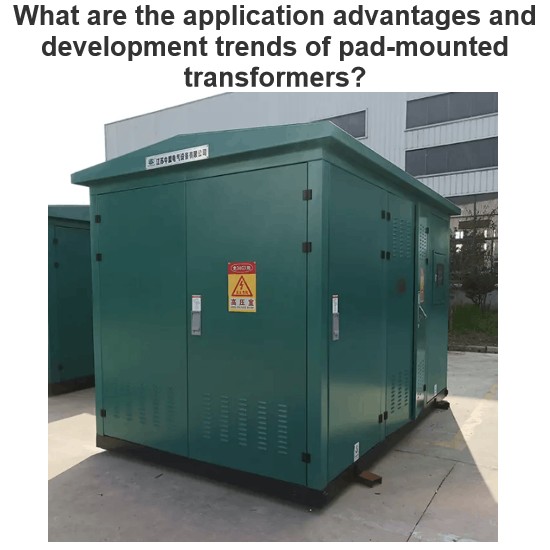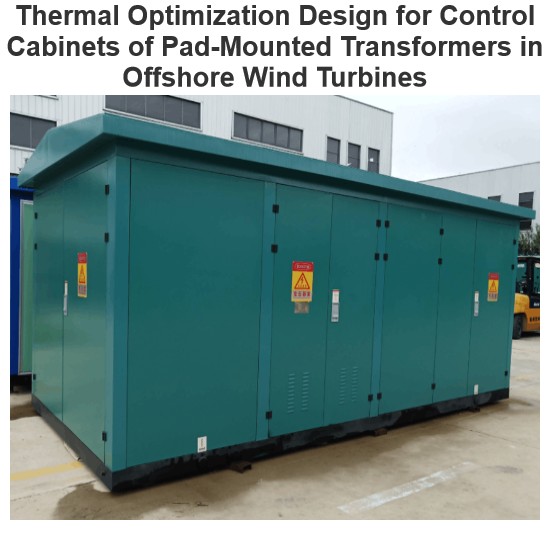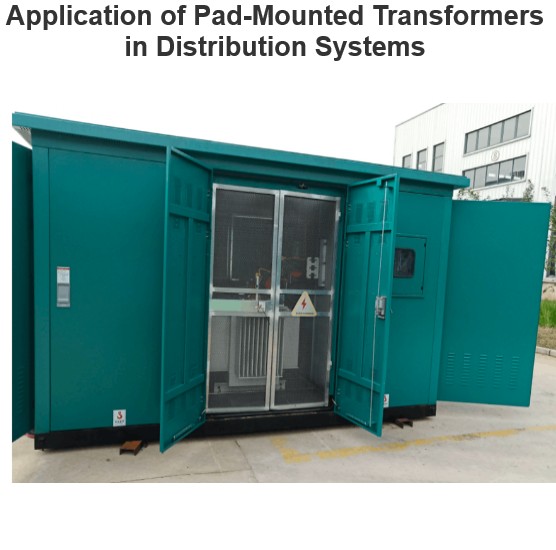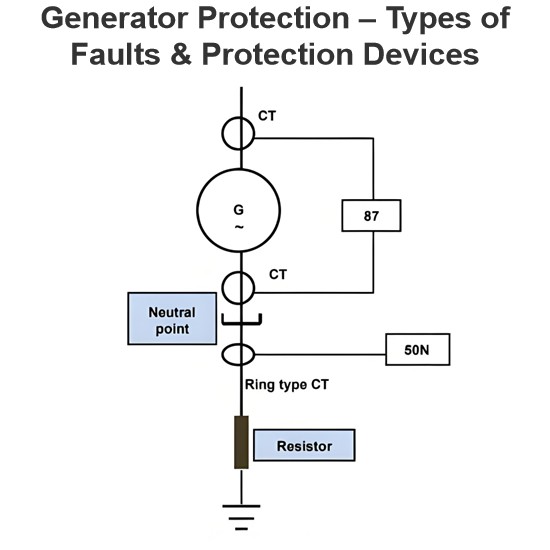What is Transformer Inrush Current?
What is Transformer Inrush Current?
Transformer Inrush Current Definition
Transformer inrush current is defined as the high transient current drawn by a transformer when it is energized.
Initial Flux and Voltage
At startup, there is no initial flux, and the flux wave starts from zero, following the voltage waveform.
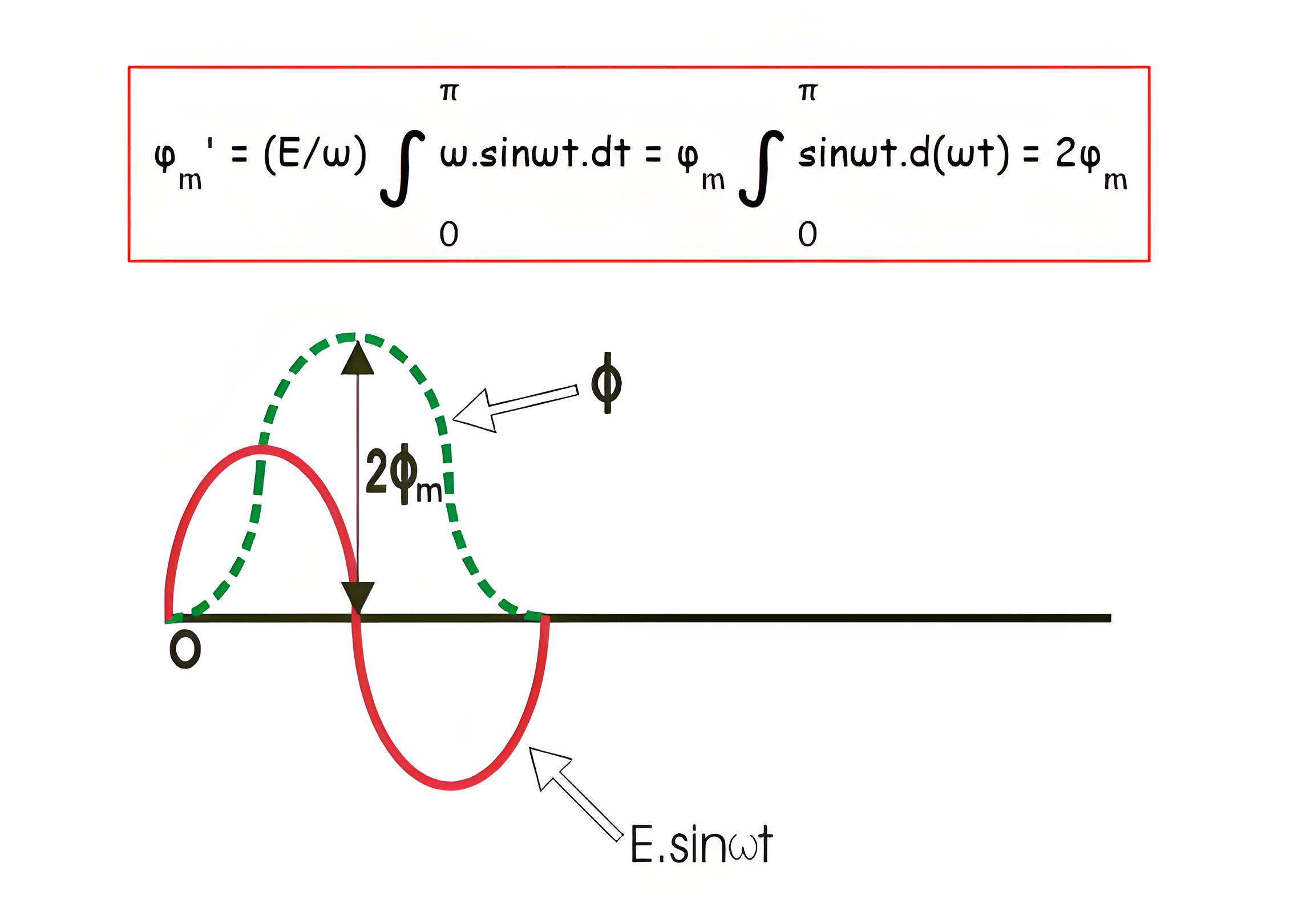
Peak Flux and Core Saturation
The flux can peak at double the steady-state maximum value, leading to core saturation and high inrush current.
Transient Nature of Inrush Current
Inrush current is transient, lasting only a few milliseconds, but can be up to 10 times the normal rated current.
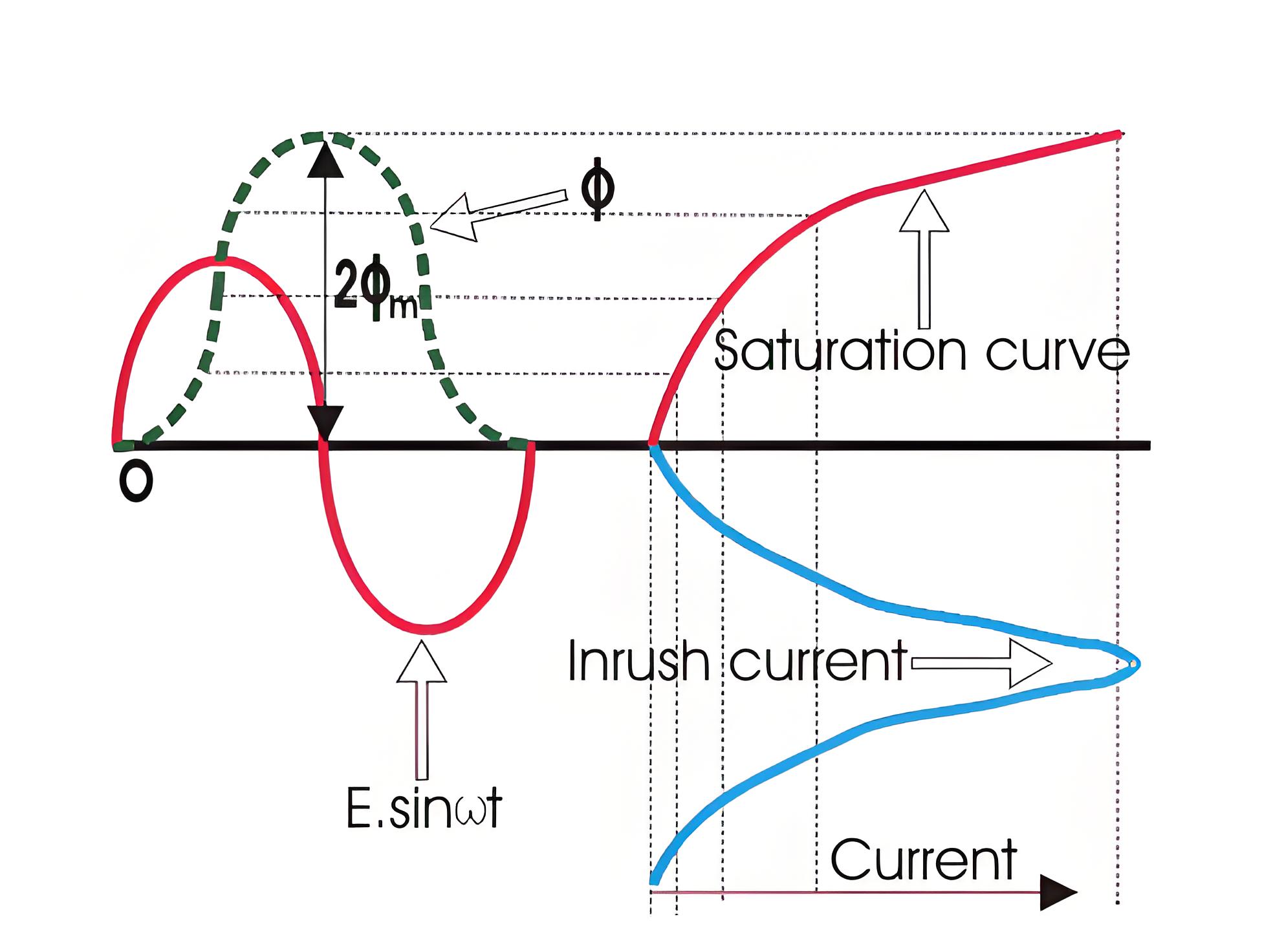
Impact on Circuit Operation
High inrush current can cause fuse or breaker interruptions, component failures, and introduce noise and distortion into the electrical system.
The Electricity Encyclopedia is dedicated to accelerating the dissemination and application of electricity knowledge and adding impetus to the development and innovation of the electricity industry.
